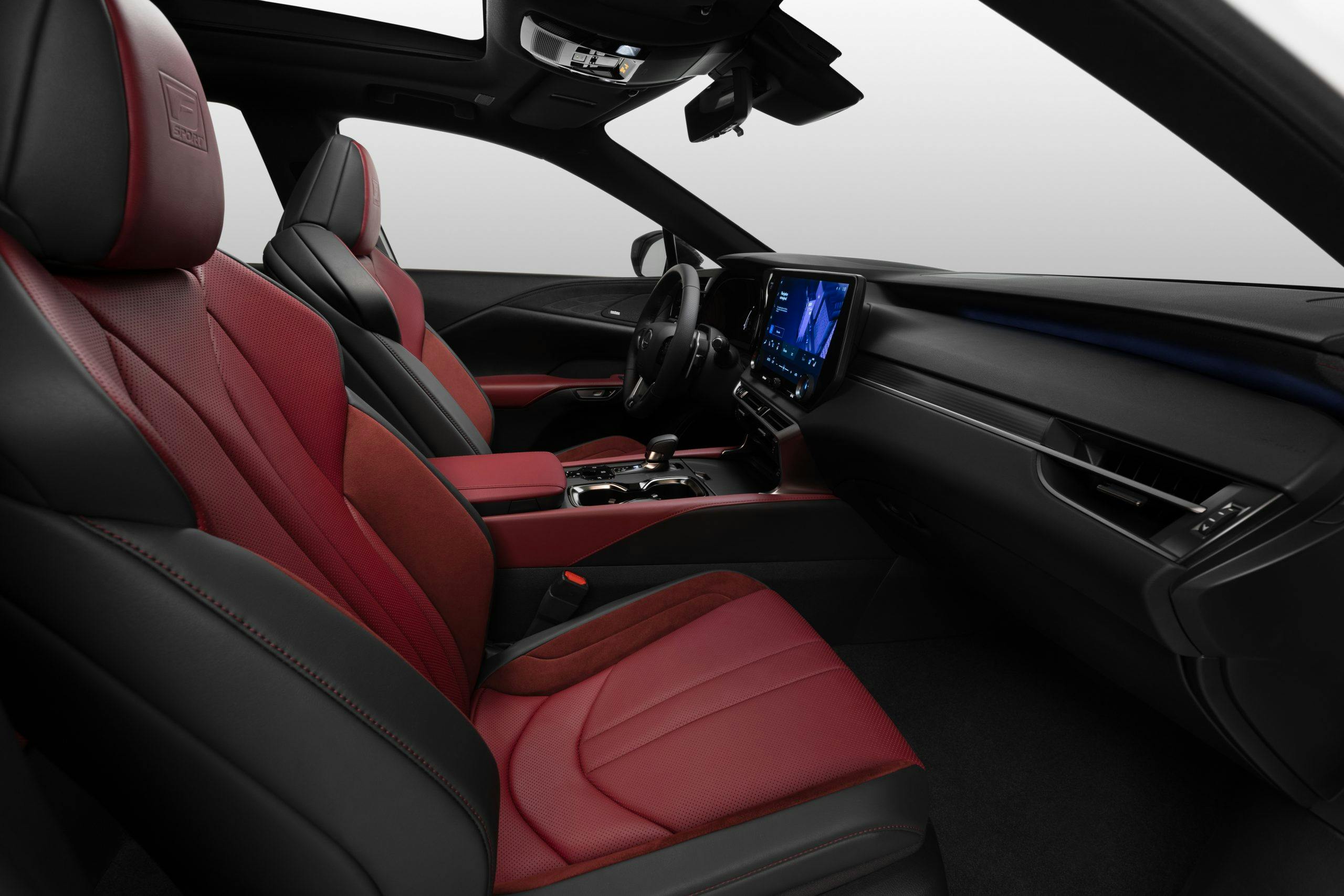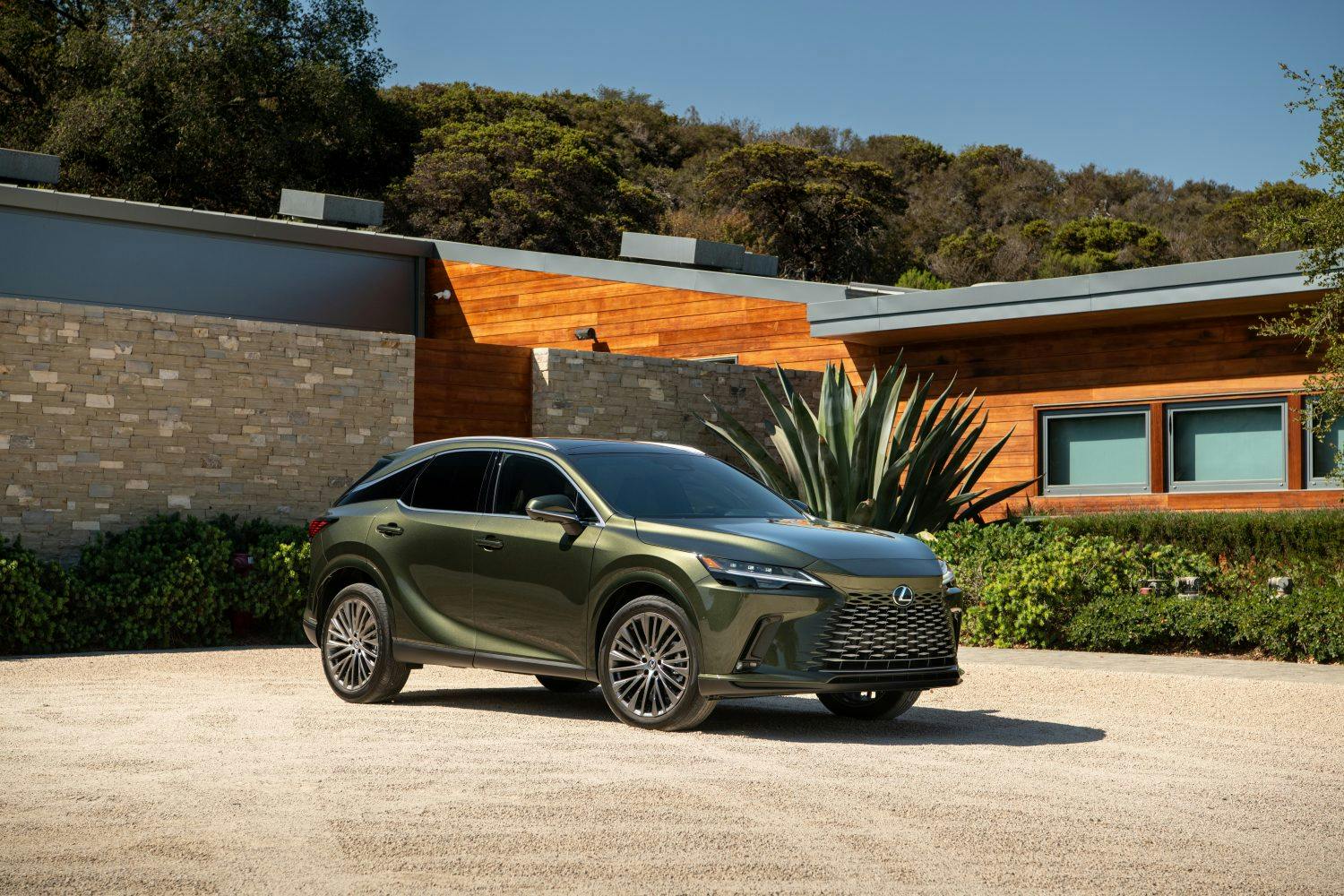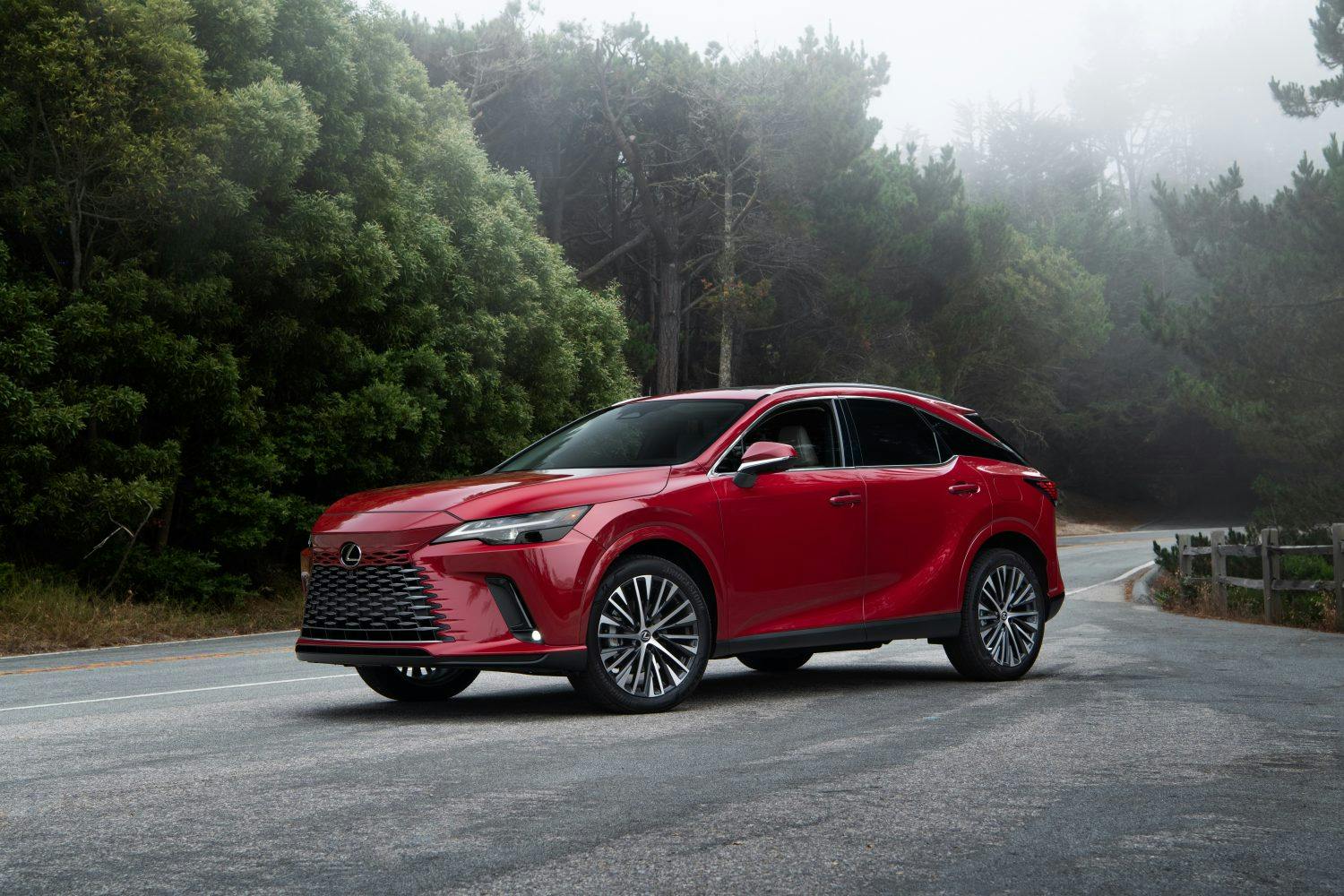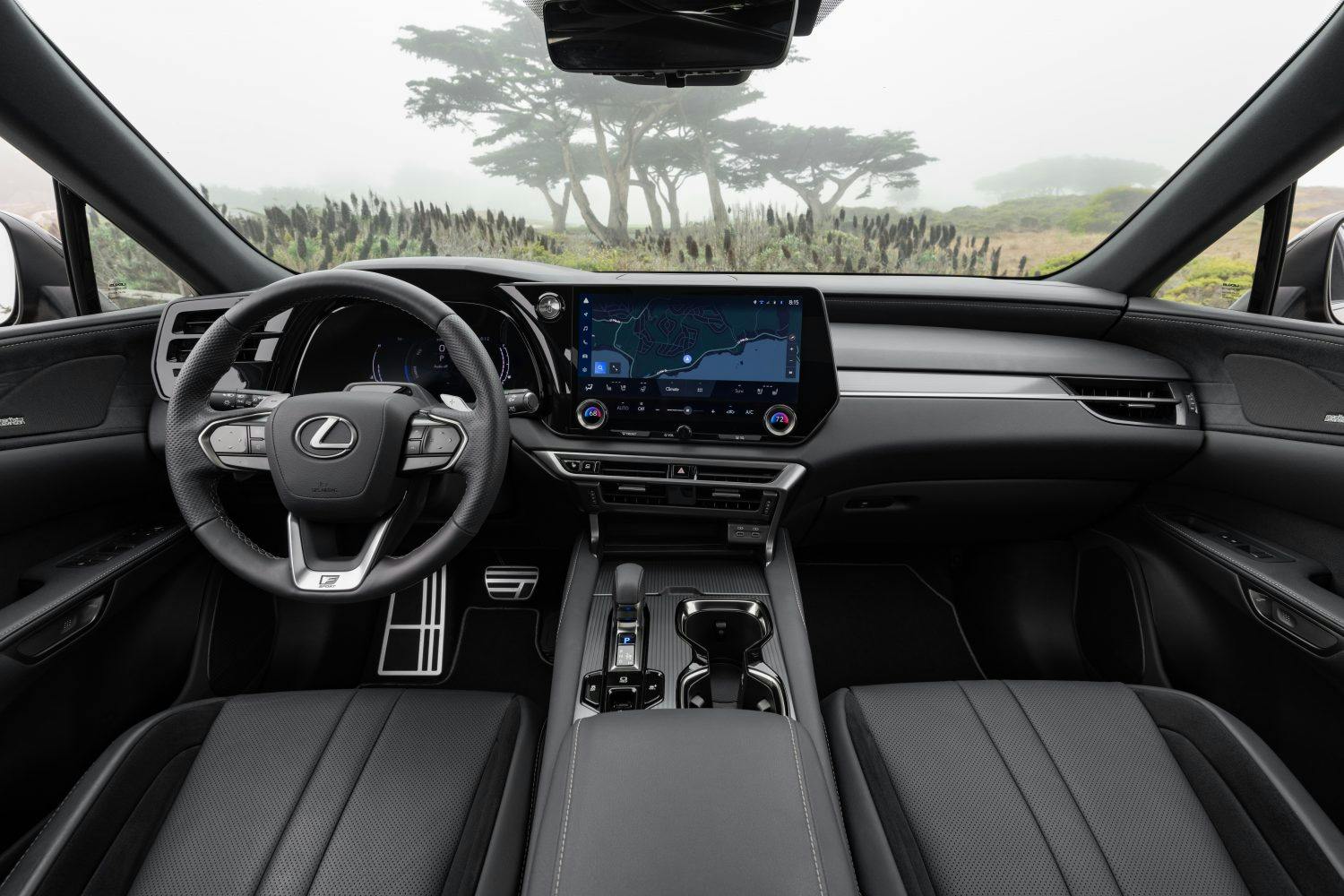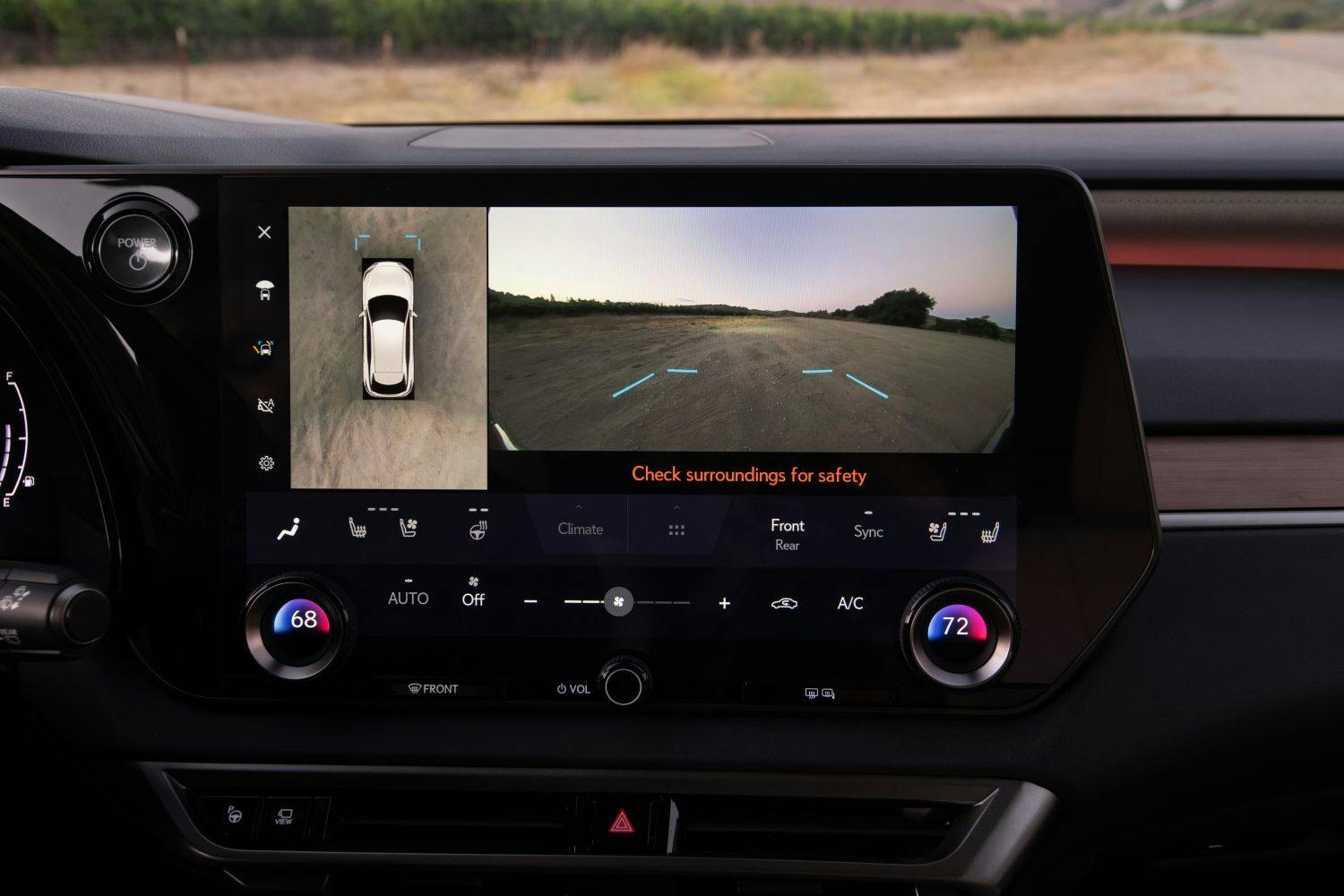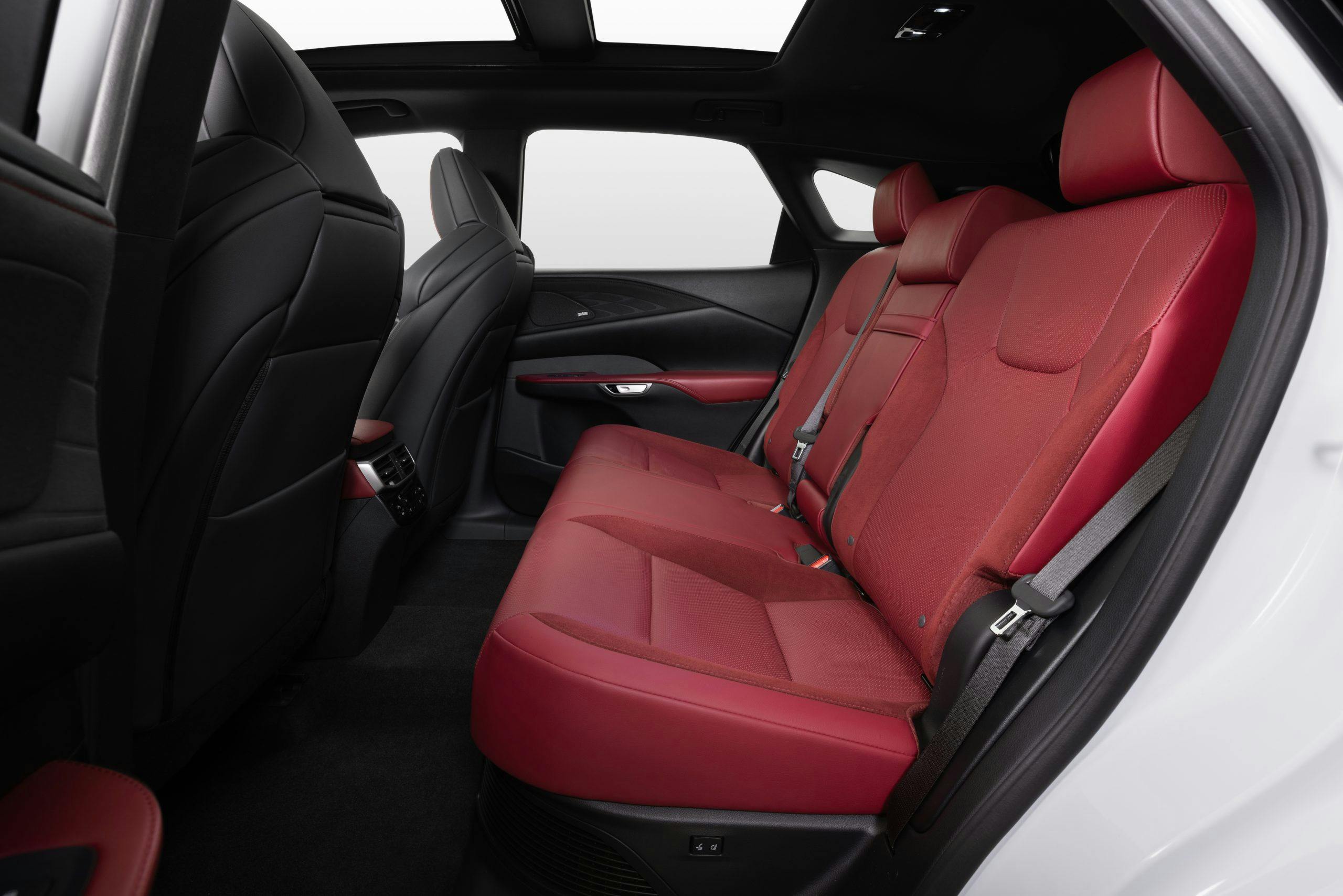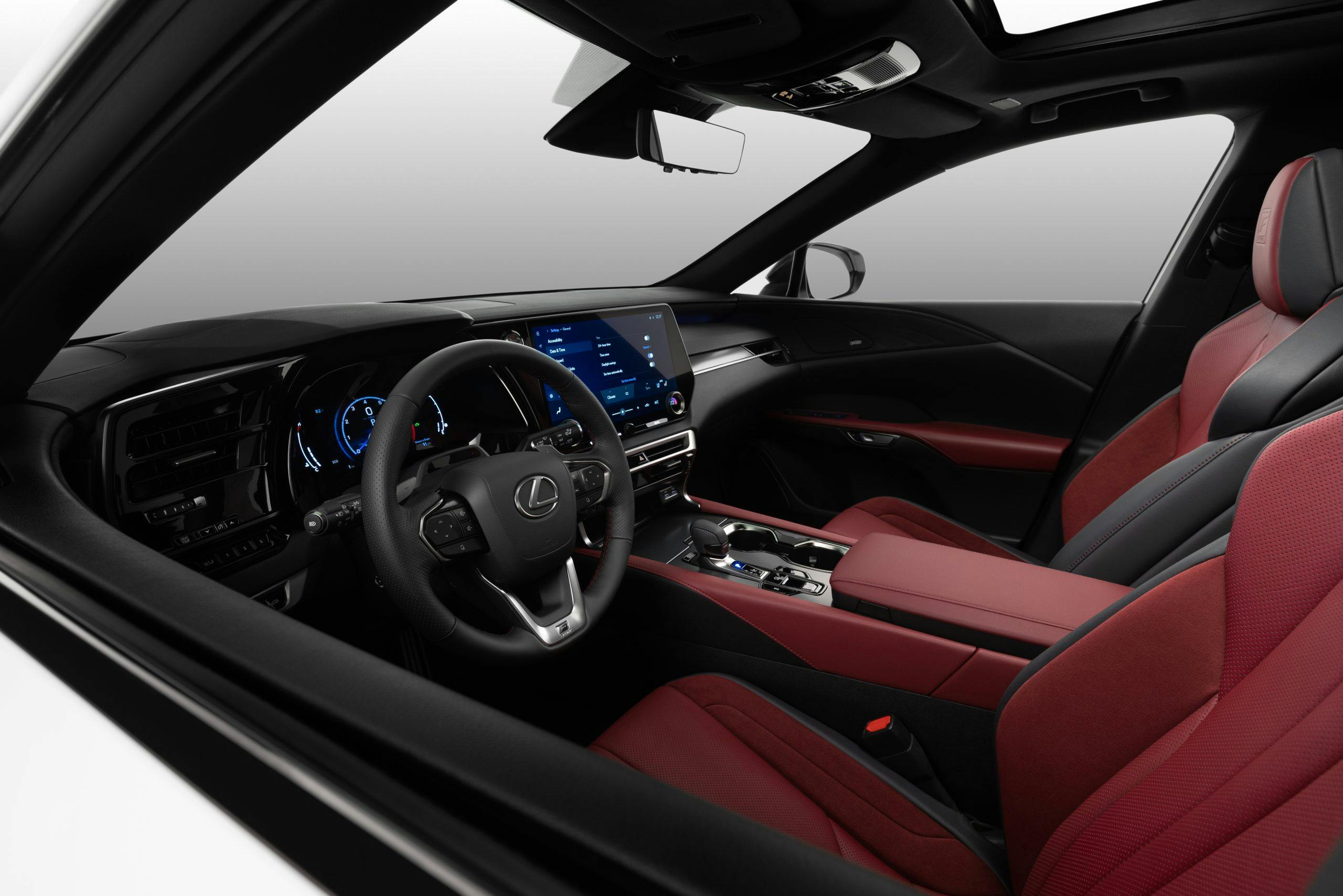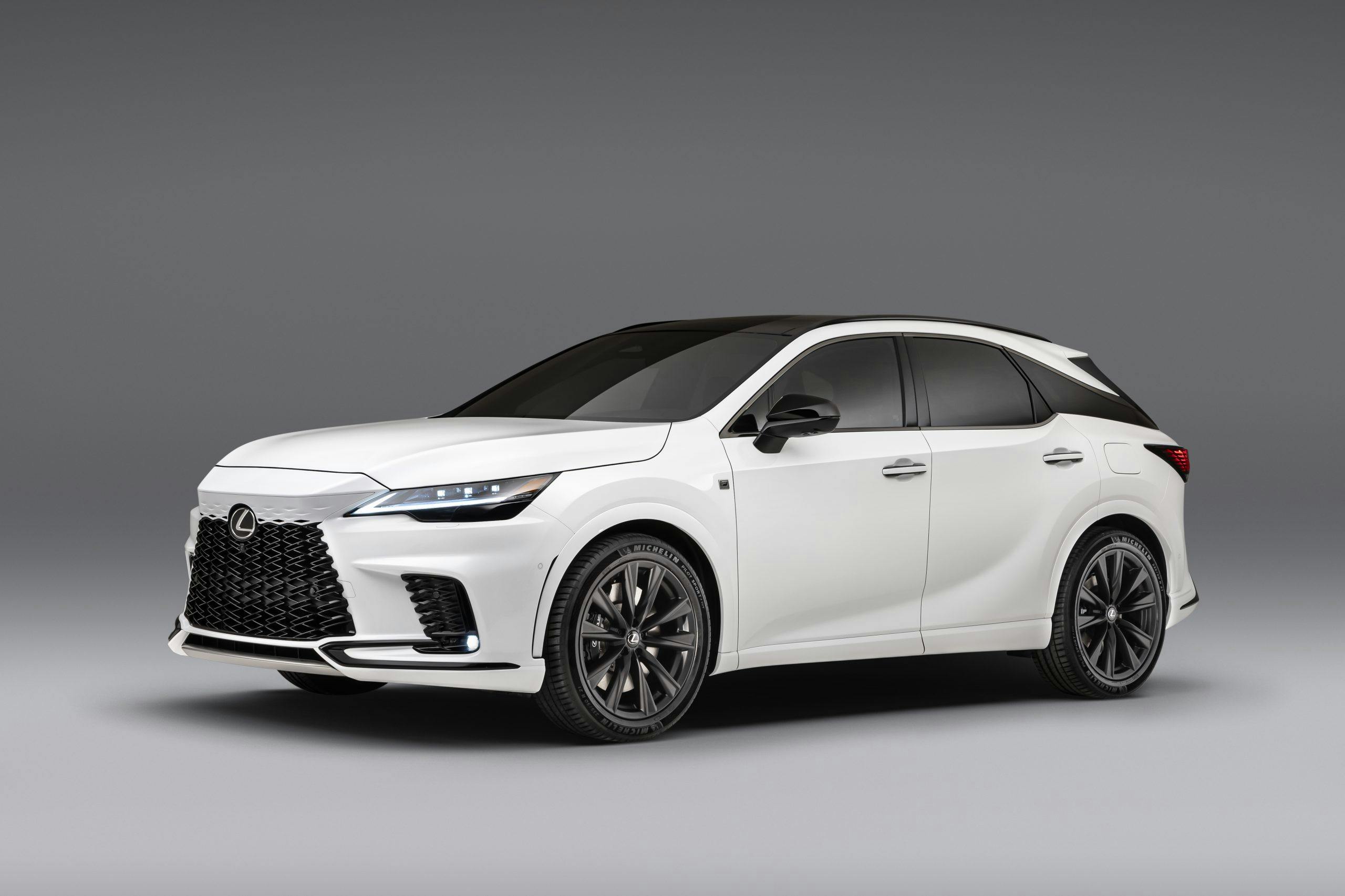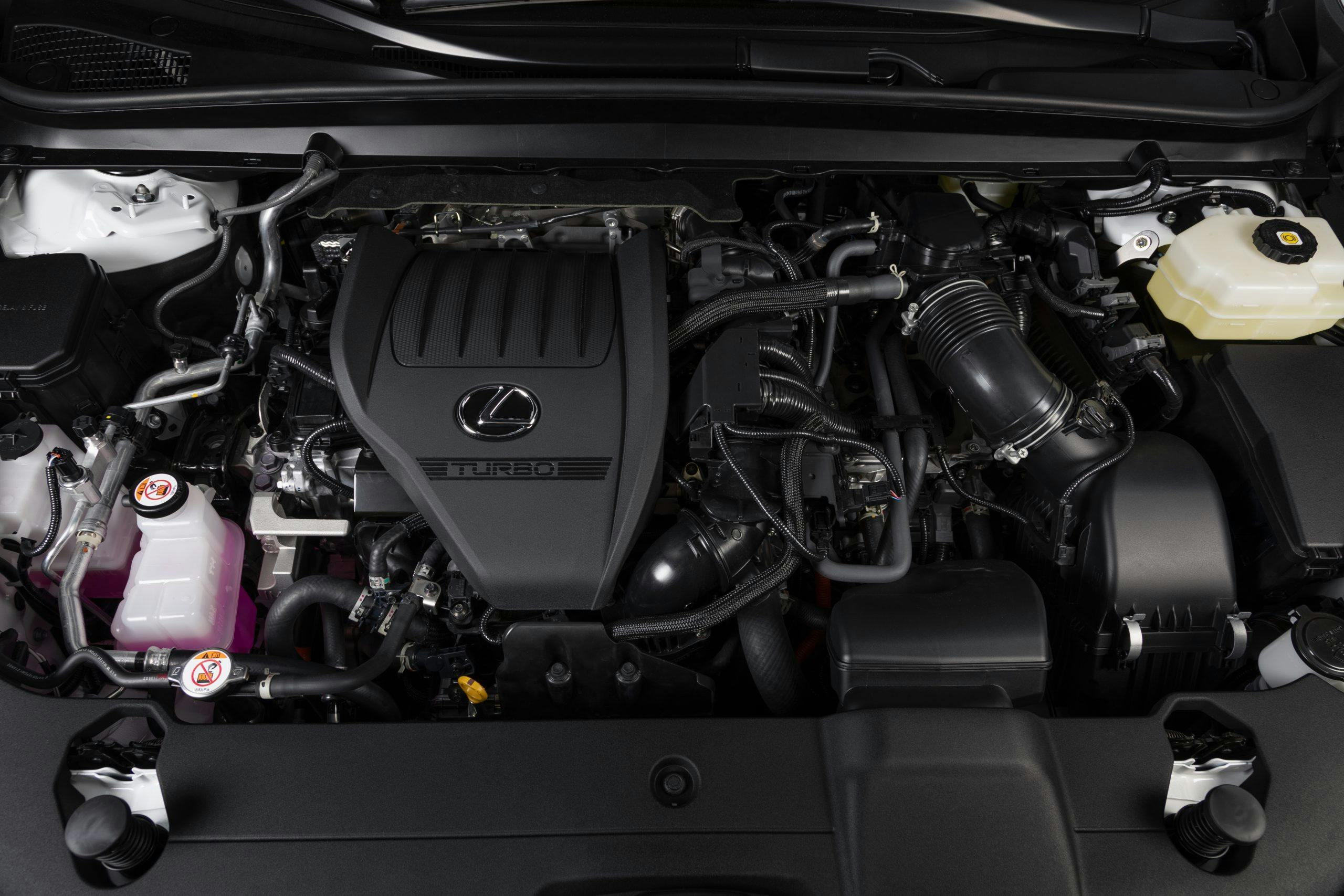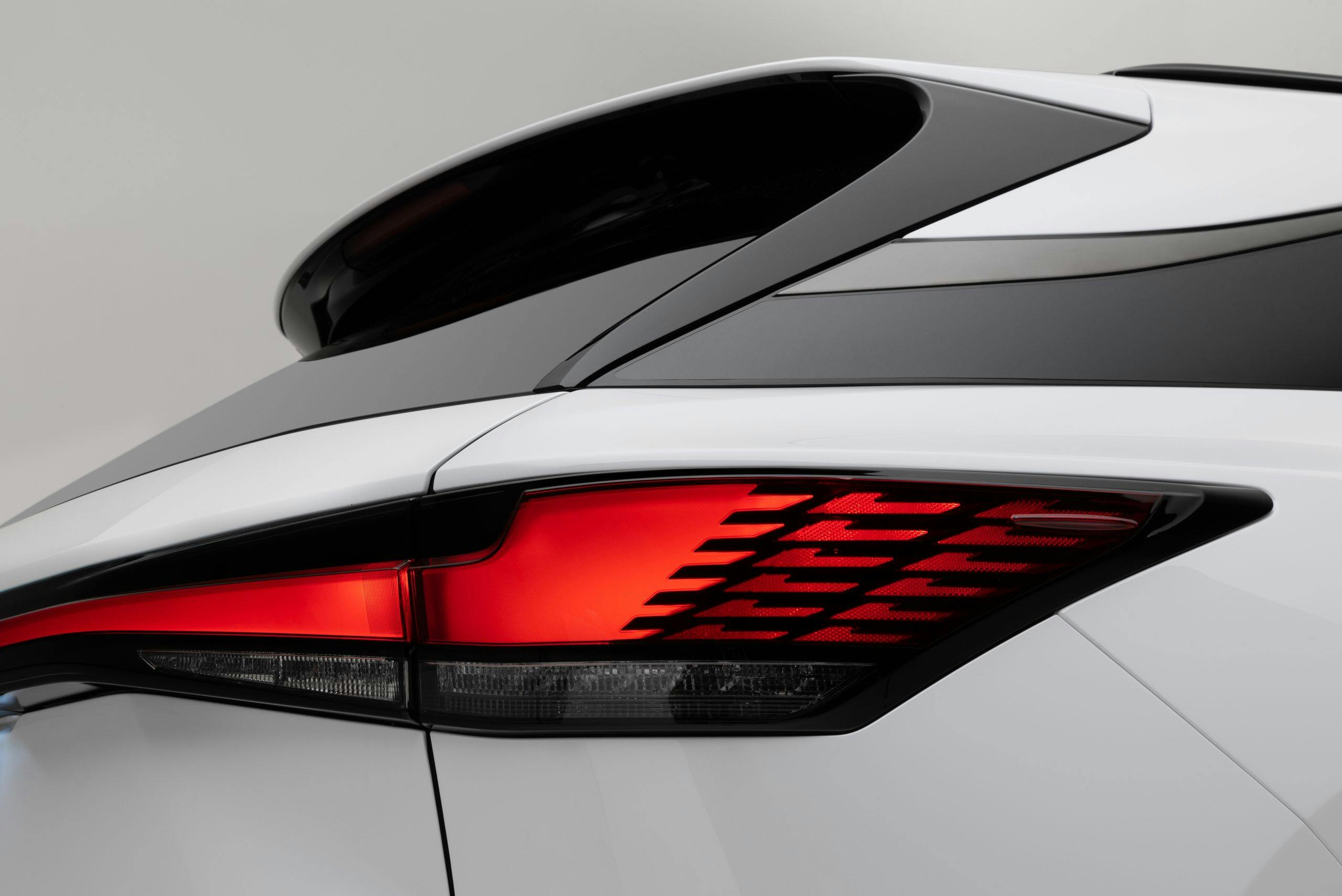Media | Articles
AMG V-8s may carry on, Porsche parks F1 entry, Audi axes R8 for EV supercar

If there’s demand, Mercedes-AMG may keep the V-8 after all
Intake: Electric vehicles may be all the rage these days, but if you still want a V-8 near the end of the decade, there might be hope—provided you’re willing to shell out the big bucks. In an interview with Carsales.com, Joerg Bartels, vice-president of vehicle development at Mercedes-Benz said that there is still room in future product plans for the wonderful 4.0-liter twin-turbo V-8 that’s found in many AMG models such as the AMG GT, the G 63, and more “If there’s still a customer demand [for petrol V-8s] in some regions, and it’s still part of our offering, why should we stop it?” Recall that Mercedes has laid out a plan to be carbon neutral by 2039, and that it has said that it will be a purely electric brand by 2030. These remarks would seem to fly in the face of that goal, but it’s clear that Bartels feels that so long as the carbon emissions from such V-8-powered cars could be offset by the wave of EVs arriving to market soon, there’s no need to axe something that customers would clearly still want. (We’ve reached out to Mercedes-Benz for comment on the matter and will update this story once we’ve heard back.)
Exhaust: The implication here is that choosing the V-8 would still come at great expense to you, the buyer. That’s not necessarily surprising, as most of the Mercedes-models that still offer an eight pot at all are in the high-five-figure or low-six-figure range, pricewise. In spring of 2021, Mercedes-AMG announced that its days of gas-only performance would soon end, and that it was introducing electrification into the drivelines of its performance vehicles to aid sportiness—but really, to protect against tightening emissions regulations worldwide. Bartels’ comments don’t specify whether those V-8s that may exist after 2030 will include an element of electrification, but it’s extremely likely that they would. Still, the notion of that herculean engine pressing on is good news to our ears—and those of Aston Martin. — Nathan Petroelje
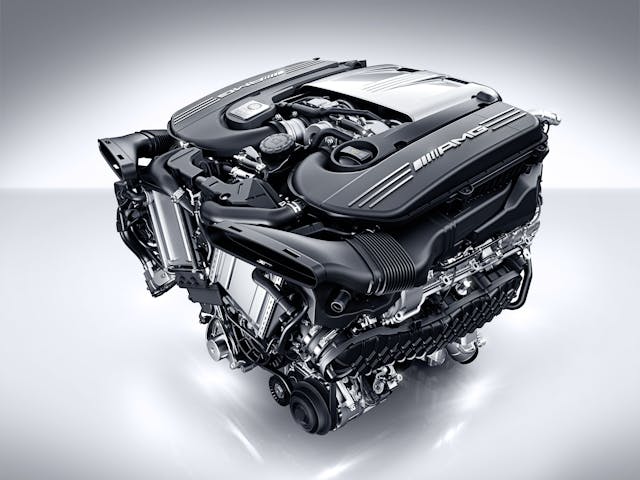
Porsche’s F1 plan gets parked by Red Bull
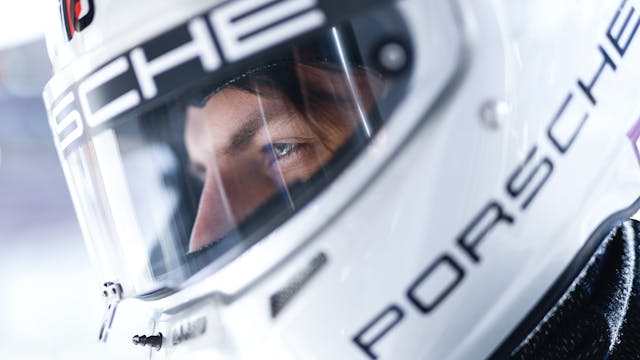
Intake: Only weeks ago Porsche was so confident that it would be on the Formula 1 grid for 2026 that it even trademarked “F1nally”, but now hopes have been dashed after the German sports car maker failed to agree terms with Red Bull Racing. Porsche wanted to buy into the current championship leading team, but Red Bull insisted on maintaining its independence, seeing Porsche as an engine supplier only. “The premise was always that a partnership would be based on an equal footing, which would include not only an engine partnership but also the team. This could not be achieved,” reads a Porsche statement. In response Red Bull team principle Christian Horner told motorsport-total.com, “Porsche is a great brand but the DNA is quite different. During the talks it became clear that strategically we don’t fit together.”
Exhaust: This probably isn’t the end of the story. “With the finalised rule changes, the racing series nevertheless remains an attractive environment for Porsche, which will continue to be monitored,” Porsche says. With Audi seemingly taking over the Alfa Romeo-branded Sauber F1 team, the only non-factory teams that could be options are Alpha Tauri (which is effectively the Red Bull junior team and comes with the same baggage), Williams (which has tight links with Mercedes-Benz) or possibly Haas (currently using Ferrari power). Meanwhile, Red Bull has re-opened the door to Honda. “Honda are a great company. They announced their withdrawal from F1 to focus their attention on the electrification of their products, moving away from the combustion engine. So you would assume if they were to look at returning to F1, that would have to be taken into account. Whether or not there was some interest potentially on the battery side, and any potential synergies there, it could be an interesting discussion,” Horner told Autosport. – Nik Berg
Eighth-gen Lexus RX gets with the times
Intake: The king of luxury crossovers is getting a new suit. Lexus’ RX returns for its eighth generation with a new schnoz, bigger bones, and a rehauled infotainment system. Setting aside the Civic-esque grille, the RX breaks no new stylistic ground. In skeleton and infotainment, it finally gets with the times. Gone is the old, Camry-derived platform; the 2023 RX rides on the ubiquitous (because modular) GA-K architecture, maintaining its length but gaining 2.36 inches in wheelbase. Inside, the frustrating trackpad controller disappears. Whether you opt for the base, 9.8-inch screen or the 14-incher, all commands are performed via touch or voice. A plug-in hybrid model joins the RX fold for the first time. The alphanumerics denoting powertrains have changed to reflect that: 350 denotes either a front- or all-wheel-drive model with the also-new turbo four; 350h, available only in AWD, pairs a naturally aspirated gas four-pot with a nickel-metal hydride battery; the 450h+ is the plug-in, AWD hybrid variant, using a lithium-ion battery; and the 500h F Sport Performance AWD uses yet another engine, a 271-hp inline four paired with a 80kW rear motor and a nickel-metal hydride battery, to yield 366 hp and 406 lb-ft of torque.
Marketplace
Buy and sell classics with confidence
Exhaust: Four different engines for four different models? Lexus can afford such luxuries for its cash cow. Journalists have always crabbed about one feature or another on this midsize mainstay, but this SUV has stolen the wallets of at least 100,000 U.S. buyers a year since 2013. We lived with the new infotainment system for a week in the RX’s baby brother, the NX, and the sleek, modern arrangement should only boost the RX’s appeal among the smartphone-acclimated; older generations may need to conscript a grandchild for an initial tutorial.
Audi will axe the R8 for an electric supercar

Intake: The clock is ticking for Audi’s flagship R8 supercar, with production set to finish by the end of 2023, reports Autocar. Fans of the four rings will be pleased to hear that the R8 will be replaced by the middle of the decade with an even more potent, race-derived machine, although it will be powered by electrons, not hydrocarbons. Audi Sport boss Sebastian Grams told Autocar that some 60 percent of the car’s components are similar to GT3 race cars, adding “What we are trying to do is get as close as we can to that ultimate feeling of racing.”
Exhaust: Just as Audi’s current top-flight EV, the E-tron GT, shares a platform with Porsche, it’s likely that any two-seater supercar will also borrow from the sister company. Porsche has already shown its Mission R EV concept racer from which the electrified Boxster and Cayman will be derived and it could also underpin the ultimate electric Audi. —NB
Honda releases new 750cc twin engine, Hornet chassis yet to be seen
Intake: Until late last week, the rumors that Honda was brewing a new 755cc engine were just rumors paired with sleek video of a teased Hornet model. Now the engine has been announced—and what an engine it is. The new 755cc mill is just 10 cubic centimeters larger than Honda’s current parallel twin in this class of bikes, but it manages 34 more horsepower—92 to the older engine’s 58. The Hornet bike is still referred to as a “concept” by Honda, but signs continue to point to solid progress on the model and a timely introduction.
Exhaust: The Hornet model is traditionally a standard design with handlebars and engaging riding dynamics. This compact and powerful new heart bodes well for what the final model will be. The motorcycle industry’s premier show, EICMA (an Italian acronym for the International Motorcycle and Accessories Exhibition), takes place six weeks from now; we’re holding out hope that Honda will reveal the Hornet at that show. While that’s half the waiting game, the other half will be sitting tight to hear whether or not the Hornet will be coming stateside. Cross your fingers. — Kyle Smith

